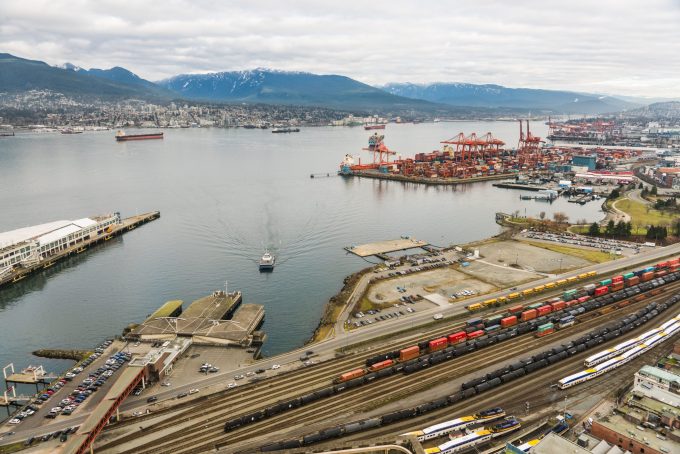Real test of Gemini hub and spoke model yet to come, says Maersk
Early signs may be positive for the Gemini Cooperation’s “hub and spoke” model, but head ...

Ocean carriers are warning of worsening congestion at the Canadian west coast port of Vancouver, while US east coast ports continue to be overwhelmed with import boxes.
Canada’s biggest box port is experiencing a wave of record import volumes and when combined with intermodal delays due to forest fires in British Columbia, it has resulted in a big spike in container import dwell times.
Hapag-Lloyd said that all vessels calling at Vancouver “continue to face significant delays” and that anchorages for vessels ...
Volcanic disruption at Anchorage could hit transpacific airfreight operations
Macron calls for ‘suspension’ – CMA CGM's $20bn US investment in doubt
Forwarders stay cool as US 'liberation day' tariffs threaten 'global trade war'
Shippers snap up airfreight capacity to US ahead of tariff deadline
De minimis exemption on shipments from China to the US will end in May
Tighter EU import requirements proving 'a challenge' for forwarders
Looming Trump tariffs will create 'a bureaucratic monster' for Customs

Comment on this article